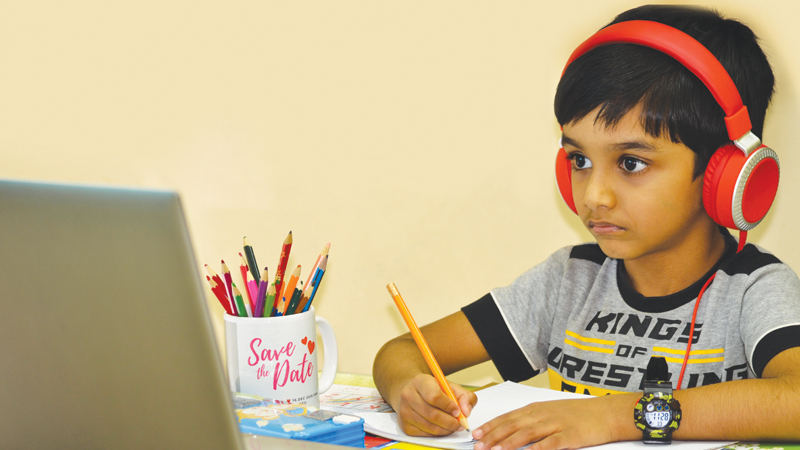

@samkuttyvp
Even as schools were struggling to cope with repeated closures and reopenings, it’s back to virtual learning again as a new wave of coronavirus looms large. The decision to stop in-person instruction in schools came close on the heels of a spike in the number of Covid-19 cases in the Sultanate. Students, except for class 12, have been ordered to return to online learning from April 4 as part of heightened measures aimed at controlling the spread of the dreaded microbe.
“It is a positive initiative to protect our children as we fear an explosion of new infections. Instead of having kids getting sick and spreading it through their families, the decision is in the right direction”, said Fahd al Balushi, a father of three school-going kids.
There have been reports of increase in Covid-19 cases among administrative and teaching staff and students in private and international schools.
“These cases emerge from society-based infections, as well as the non-compliance of some schools with the health measures, and instances of individuals mixing with infected persons in society, offices and in schools,” said a report.
Oman reimposed a nationwide night lockdown, closing all commercial activities and banning the movement of individuals and traffic from 8pm to 5am, spanning March 28 to April 8.
Health experts have stressed that the best ways for now to stop the dangerous trend in coronavirus cases are to practise social distancing, use masks, wash hands and get tested regularly if interacting with members of the public.
“It is better that schools went virtual until the pandemic could be brought under control”, said Khalid Abasi, a teacher. Yet, the veteran teacher who has over 13 years of experience, said, “there is a big difference between accountability face to face and accountability online.”
He said that in-person education is often the linchpin for academic success. That is why, despite the pandemic, the authorities had tried to bring students struggling online to attend class in person. But the present scenario doesn’t look conducive for classroom education, he added.
Covid-19 pandemic radically disrupted the education system across the globe as educational institutions have the potential to become the centre of the virus transmission due to their large number of students and staff with high levels of physical contact.
What sets the Covid-19 pandemic apart from all other crises is that it has affected children everywhere.
“Unfortunately, the global scale and speed of the current educational disruption is unparalleled and, if prolonged, could threaten the right to education”, Audrey Azoulay, the head of the UN education agency, Unesco, warned in March.
According to a Unicef report, at least 1 in 7 children — or 332 million globally — has lived under required or recommended nationwide stay-at-home policies for at least nine months since the start of the Covid-19 pandemic, putting their mental health and well-being at risk.
While almost all children worldwide have lived under some form of intermittent lockdowns for the last year, the new analysis by Unicef identifies some of the most enduring lockdown conditions worldwide.
Oman Observer is now on the WhatsApp channel. Click here



